Polish IT Community
Report
2023
We collected over 10,000 surveys, so we can not only present general conclusions, but also delve deeper into the data and show details about work and earnings in individual specializations.

Respondents profile
The largest percentage of respondents work in companies considered large, i.e. over 250 people, where SOFTSWISS also ranks, employing over 1,400 people. Based on our experience as a large technology company, we can say that IT professionals value the fact that we guarantee stability, certainty of career advancement or financial development. Moreover, nowadays many people want to work with people who have unique knowledge, and undoubtedly a large organization and team composition allow for effective exchange of knowledge and experience. In addition, large companies already have well-structured processes, an established company culture, regular online and offline team meetings, annual team-building events in different parts of the world or local summer events, as we do at SOFTSWISS. Considering all the previously mentioned factors, these can be advantages of large companies and reasons why IT professionals are more likely to choose them.
Salaries in IT
Each year we observe a consistent decrease in the number of employment contracts in the IT industry - over the last three years by as much as 7 percentage points. In our company, this trend is even stronger. At the moment, the employment contract is preferred mainly by people at the beginning of their career in IT, who are uncertain of their future in a given organization. Other specialists, mainly very expeienced ones, no longer feel such a strong need to secure themselves with an employment contract, which in fact guarantees them much lower funds at their disposal. The recent tax changes are also very significant - they have made cooperation in the b2b model much more advantageous than the employment contract. And there is no denying that many experts have noticed this.
We should remember that so far the IT industry has been the best to resist crisis situations in recent years. If this trend continues, in my opinion, the real financial benefits will still outweigh the potential security provided by the employment contract. Potential, as in fact specialists are able to secure all their interests with a professionally constructed contract with the client. This is the case with specialists employed at RITS. The vast majority of them prefer the B2B model - also because RITS actively supports specialists by providing them with professional accounting support that minimizes formalities and the risk of accounting errors. Flexibility of employers is, therefore, crucial in the changing trend in the form of employment. Only companies that follow market changes and industry expectations are able to offer the best conditions that attract specialists interested in cooperation.
Compare your salary to other specialists working on the same contract, in the same position, and in the same city as you! Keep your finger on the pulse.
What about remote working for a company from a different city? Check out the newest matching IT offers. No pointless headhunter talks.
Need arguments to get a raise? Check and compare the actual salaries of specialists like you and gain an advantage in the conversation with your boss.
No salary raise last year? Check out the newest matching IT offers. No pointless headhunter talks.
Work environment
Technology
JavaScript, SQL, HTML/CSS, and Python dominate the rankings of the most popular programming languages in 2023. These technologies are also among the first to be learned by those starting in programming. There are many reasons behind this: the high demand for specialists in these languages on the job market, the low entry threshold, the popularity, or the broad spectrum of customer applications.
In projects at VirtusLab, besides the most common technologies listed above, we also use more niche ones, such as Kotlin or Scala. These are less frequently chosen languages, but with a very high potential that lies in an engaged community. As a company, we support this community, especially by being involved in developing the Scala ecosystem and open-source tools such as Metals, Scala CLI, and Toolkit.
Windows as an operating system has been a standard in companies for years. This is due to the fact that computers with this system are provided by many manufacturers. However, changes in the choice of hardware for both home and work use are slowly being seen.
We also know that there are areas where Linux will definitely work. And there's no point in arguing with that.
In 2020, Apple made a significant change in Mac computers by implementing proprietary Apple Silicon. Independent testing and feedback from early adopters immediately confirmed that Macs became even more powerful and energy-efficient. This drew the attention of people who need reliable, dependable computers, and long battery life is important to them. And Apple Silicon has become a "game changer", and the next - M2 - generation only strengthens the position of Apple.
It is noticeable that, year by year, Macs are becoming more and more popular among IT developers who appreciate their reliability and performance. In addition, the rise of remote work has also led many companies to invest in Macs - precisely because of their reliability, which significantly reduces the burden on help-desk departments, also when onboarding new employees. But also because most business-critical applications and more development environments run on Macs.
We serve more and more companies where macOS is becoming the standard. Which, by the way, we ‘slightly’ notice when we look at the "What operating system do you use at work" chart. I believe that the private experience of employees may also have an influence here - as we can see that "after hours" Macs are used by many people.
Apple Enterprise Sales Department
Professional development
Job changing
Survey methodology
- Survey took place between 20.02.2023 and 27.03.2022.
- Survey was anonymous, as we are not able to match responses to a particular person. However it was possible to leave contact info in another form in order to get the results sooner.
- The questionnaire included a full range of questions: opened and closed questions, questions using the scale and matrixes. Not all the questions were obligatory (e.g. the question related to salary).
- Participants could use desktop and mobile devices
- We've gathered 10 731 surveys with all required fields. However we've ruled out some surveys that did not pass quality checks.
- The sample ended up at 7270 participants.
- Not all the questions were addressed to all the respondents. The questionnaire included filtering questions that limited the testing group to respondents who meet the defined criteria related to the specification of IT specialization in particular.
- Percent values above 10% are rounded to the nearest integer, below 10% results are rounded up to one decimal place. It's one of the reasons why not all charts sum up to 100%
- In some questions less popular choices are not presented due to readability concerns. It's another reason for results not summing up to 100%


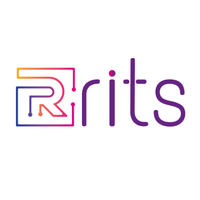
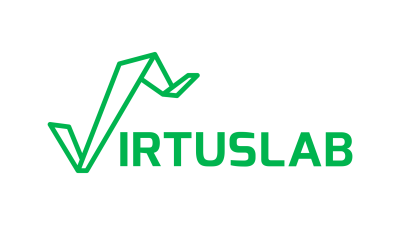







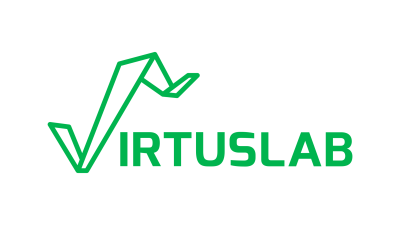


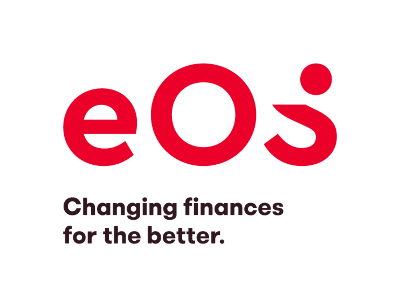















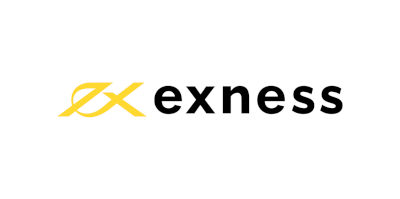













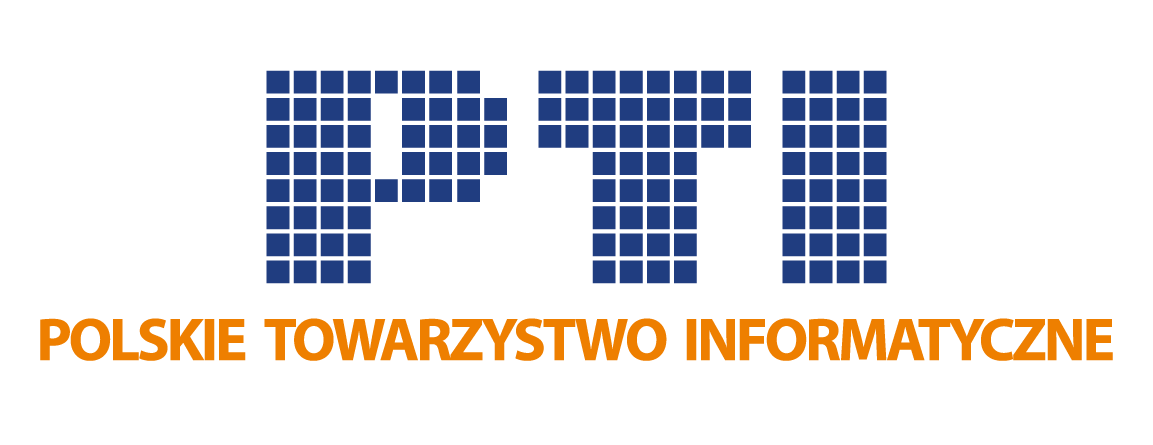




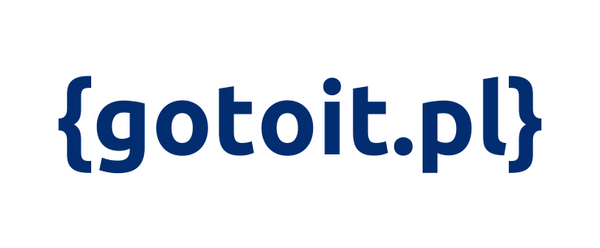

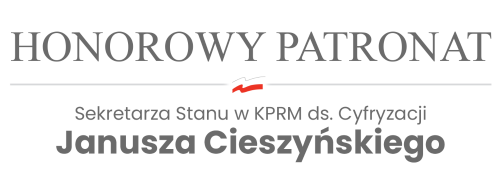
D&I is a current issue in the IT that strongly influences and sets the direction a lot of organizations. Annual research makes among the IT community reveal that in the industry men are still the majority. Now they are about 80% of all employees, while women are only 18%. Although this percentage is steadily increasing, including in our company, it requires great attention. This is necessary to implement and carry out programs to support D&I within the organization. Woman in IT is one of the priority activities in our company.
We run trainings, webinars and we set up conferences to promote the role of women in the industry. The main goal all this activity this take attention that in an organization like ours it is skills, experience and knowledge it is matter, not gender. More and more our clients want to cooperate with mixed teams. I would like to say that on the issue of Women in IT there is still a lot of work to do. In other hand in this issue I see an increased awareness in many organizations.